A burst toilet line can cause immense damage to your home. From ruined floors and ceilings to water damage, freezing temperatures can wreak havoc on a plumbing system. Taking the necessary steps to keep your toilet lines from freezing will help ensure that your pipes remain in good condition and that you don’t have to face any expensive repairs or replacements.
The main advantage of knowing how to keep toilet lines from freezing is that you can avoid the hassle and expense of having to replace them in the event of a freeze. Frozen water lines can cause significant damage to your home or business; it may disrupt normal operations and lead to costly repairs.
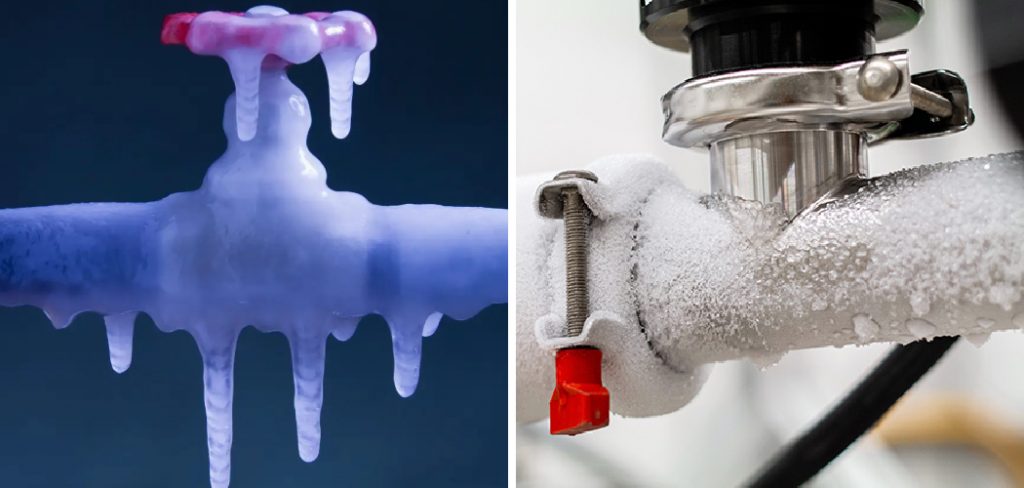
Knowing how to prevent this from happening in the first place is the best way to protect your plumbing system. You can find step-by-step instructions on how to keep toilet line from freezing in this blog article.
Step by Step Processes for How to Keep Toilet Line From Freezing
Step 1: Inspect the Plumbing
If the toilet line runs outside your house walls, then check it for any signs of freezing. Check the pipe joints and connections to see if they are hard or brittle, which is a common sign of freezing.
Step 2: Insulate Pipes
Once you’ve determined that the pipes may be frozen, use insulation tape to wrap around them and keep them warm. This will help prevent the line from freezing further and provide additional protection against future freezes.
Step 3: Increase Heat in Home
If you’re having trouble keeping your toilet line from freezing, try increasing your home’s temperature. Make sure all windows and doors are closed to trap in heat, and consider adding an additional heating source if necessary.
If you’re still having trouble keeping your toilet line from freezing, then consider installing a small heater near the pipes. This will help keep them warm and prevent further freezing. Make sure to follow all safety instructions when using any type of heating unit.
Step 4: Pour Hot Water Over the Pipes
If you don’t have a heating unit available, you can try pouring hot water over the pipes. This method will help warm up the line and prevent further freezing. Make sure not to pour boiling water that could damage or melt the plastic pipes.
If your toilet line keeps freezing, then you may need to check for blockages. Any clogs or debris buildup can prevent the water from flowing properly and lead to freezes. Use a plunger or snake to clear any blockages that you find.
Step 5: Adjust the Water Pressure
If your toilet line has low pressure, it can lead to freezing. Make sure that the water pressure is set at the recommended level for your area, and adjust it as needed. While this may seem counterintuitive, it can help prevent freezing by allowing hot air inside the house to reach the pipes. Open any faucets near the toilet line and leave them running while the temperatures outside remain cold.
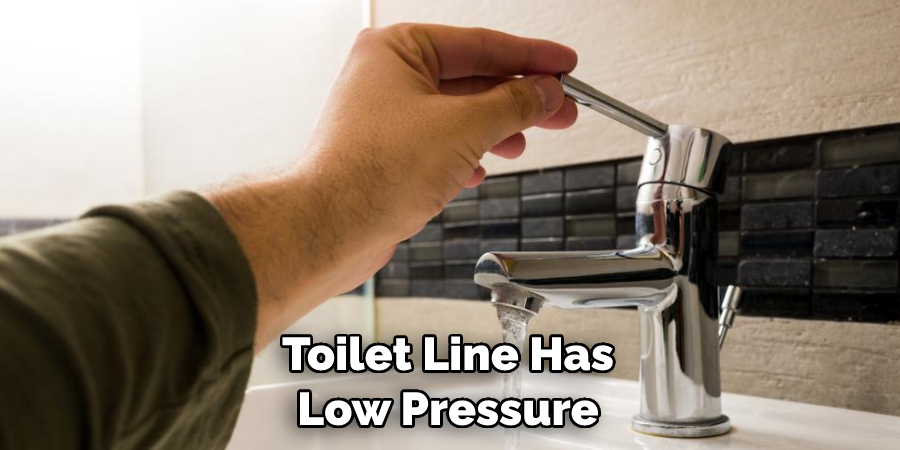
Step 6: Apply Pipe Heaters
If none of the above methods work, you can purchase pipe heaters designed to keep pipes from freezing. Follow the instructions on the package for proper installation and usage. If all else fails, then it’s time to call a professional plumber.
They will be able to inspect the plumbing and determine what needs to be done in order to keep your toilet line from freezing. It’s always best to have the problem solved properly by a professional rather than risking further damage with DIY solutions.
With these steps, you should now know how to keep your toilet line from freezing. If you have any further questions or concerns, please contact a local plumbing company for help.
Safety Tips for How to Keep Toilet Line From Freezing
- Ensure the toilet line is properly insulated with foam pipe insulation to protect it from severe cold temperatures.
- Shut off the water to the toilet and drain any remaining water in the line before winter begins, as this will prevent the freezing and bursting of pipes.
- Install a heat trace system around the toilet line, which will use low-wattage electricity to prevent the water inside from freezing.
- Check and make sure that all outside pipes, such as those in a crawlspace or basement, are adequately insulated to protect them from cold temperatures.
- If you live in an area that is prone to extreme winter conditions or heavy snowfall, consider installing a pipe insulation cover that wraps around the entire toilet line.
- Ensure the toilet tank lid is tightly closed to minimize air flow and reduce the chances of the water inside freezing. Additionally, open cabinet doors near toilets or sinks when there is a cold snap in order to allow warm air to circulate into pipes. This will help prevent freezing.
By following these safety tips, you can help ensure that your toilet line stays safe from freezing temperatures and potential bursting hazards.
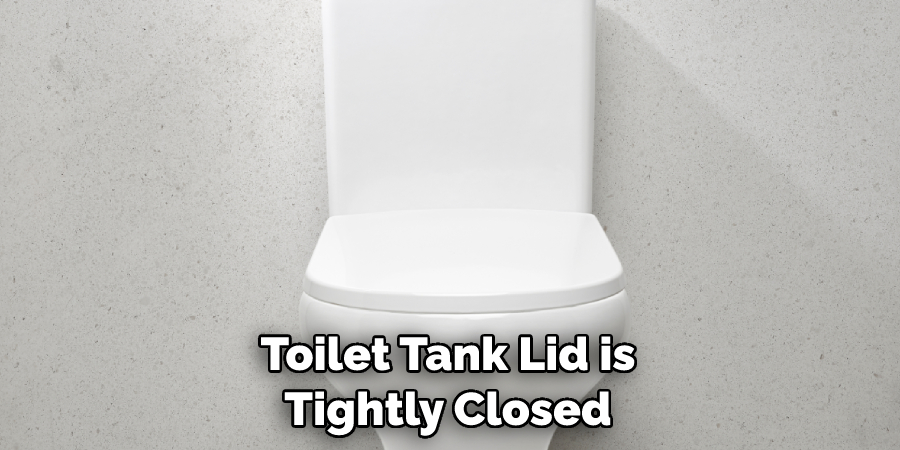
What Are the Potential Causes of a Frozen Toilet Line?
A variety of factors can cause frozen toilet lines. Poor insulation in the home, colder climates, and long-term neglect are all potential causes of frozen toilet lines. Toilet lines that do not have adequate insulation are particularly susceptible to freezing if they are exposed to cold temperatures for limited periods or for prolonged amounts of time.
Clogged or backed-up toilets can also cause freezing by preventing the water from flowing as it should. This can happen in cases where the clog is severe and not easily resolved with a plunger or other remedy.
Lastly, long-term neglect of toilet lines can result in frozen pipes due to the buildup of debris and sediment over time, which lowers the amount of water flow.
The best way to prevent toilet line freezing is to ensure adequate insulation and proper maintenance and avoid clogs or blockages. Taking proactive steps to identify any potential issues with the toilet lines will help reduce the chances of a frozen pipe in cold temperatures.
It’s also important to address any existing clogs or blockages, as this can prevent water from flowing properly in the pipes and lead to pipe freezing.
How Can You Prevent the Toilet Line From Freezing?
Insulating your toilet line is one of the best ways to prevent it from freezing. This can be done with a variety of products, such as foam insulation or pre-formed pipes. Be sure to wrap the insulation around all exposed plumbing and ensure no gaps in the coverage.
Also, check for any cracks or holes in the piping and repair them promptly. Another way to keep your toilet line from freezing is to maintain a consistent temperature indoors.
If you heat your home, try not to let it drop too far below freezing at night. It may also be helpful to set an indoor timer so that the heating system turns on periodically throughout the night.
Lastly, you can also use a pipe heater wrap to keep your toilet line from freezing. This is a device designed specifically for this purpose, and it will provide heat along the length of your pipes during cold weather. However, this should only be used as a last resort since it can be expensive.
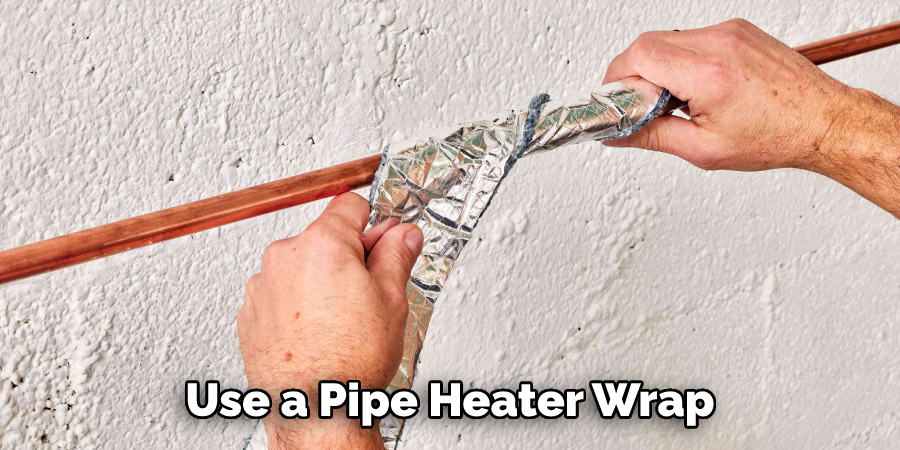
Are There Any Other Maintenance Tips for Keeping the Toilet Line From Freezing?
Yes. In addition to the measures outlined above, you can take a few other steps to help prevent your toilet line from freezing:
- Make sure your bathroom and any other spaces that could be affected are properly insulated. This will help keep rooms and pipes warm in colder weather, which should reduce the risk of frozen pipes.
- Close all windows and doors in bathrooms or other areas near the toilet line. This will help reduce drafts that could cause pipes to freeze.
- If necessary, use a small space heater to keep temperatures above freezing in the area where the toilet line runs. Be sure to unplug it when not in use.
- Check the toilet line periodically to ensure that it is not leaking or clogged. A leaky pipe can allow cold air from outside to enter, which could cause your pipes to freeze.
- Make sure outside faucets are turned off and not running during colder weather. Even a slow trickle of water from a dripping faucet can freeze and cause your toilet line to freeze up.
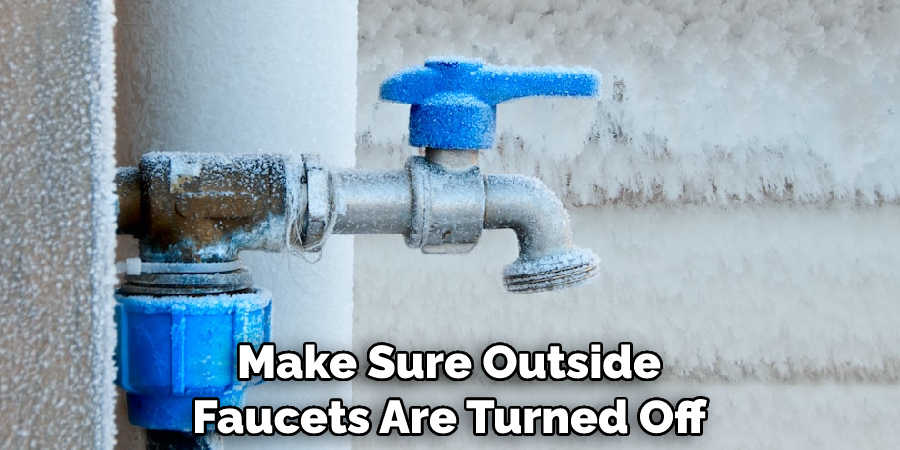
By following these maintenance tips, you should be able to keep your toilet line from freezing in even the coldest of temperatures. Taking good care of your plumbing is always important, but it’s especially essential during winter months when frozen pipes can become a big problem.
Conclusion
In conclusion, keeping your toilet line from freezing is an important part of protecting the plumbing in your home. To protect against freezing, ensure you have adequate insulation around the pipe and that it’s located away from exterior walls or windows. Keep a slow trickle of water running continually through the line to ensure that any residual moisture inside the pipe doesn’t freeze.
I hope this article has been beneficial for learning how to keep toilet line from freezing. Make Sure the precautionary measures are followed chronologically.